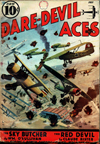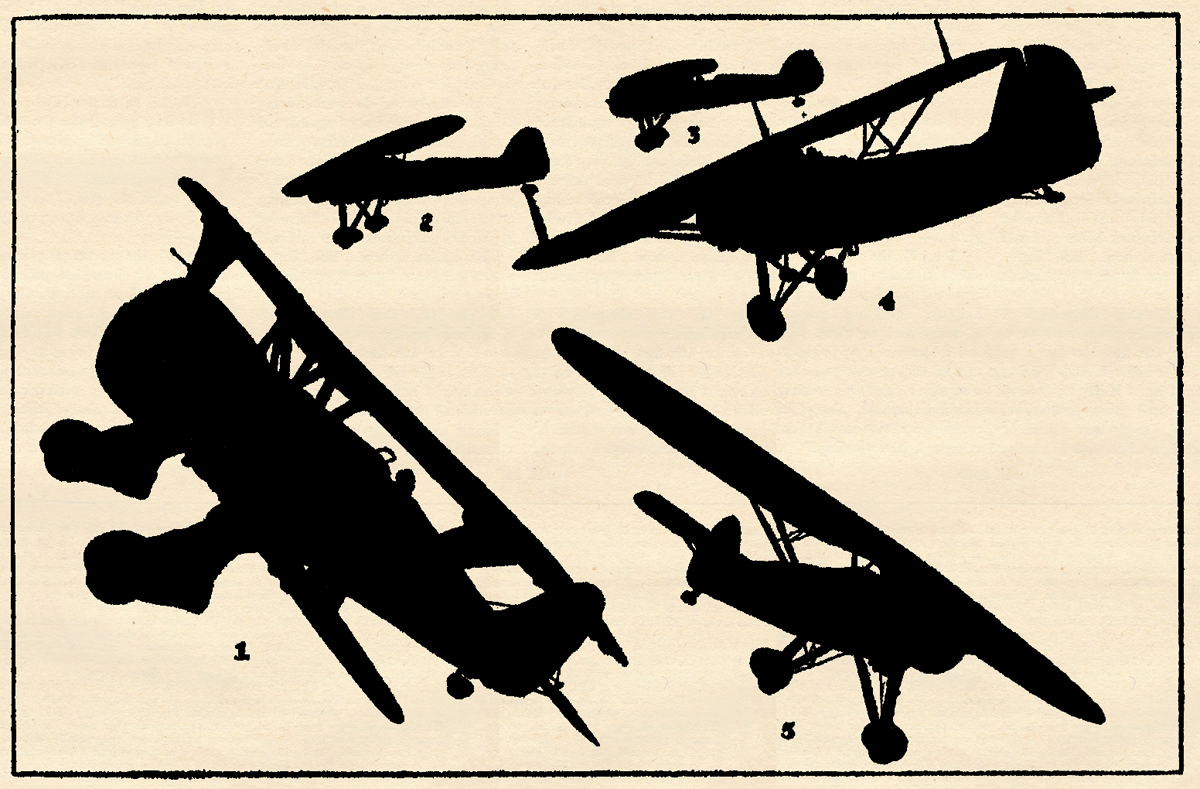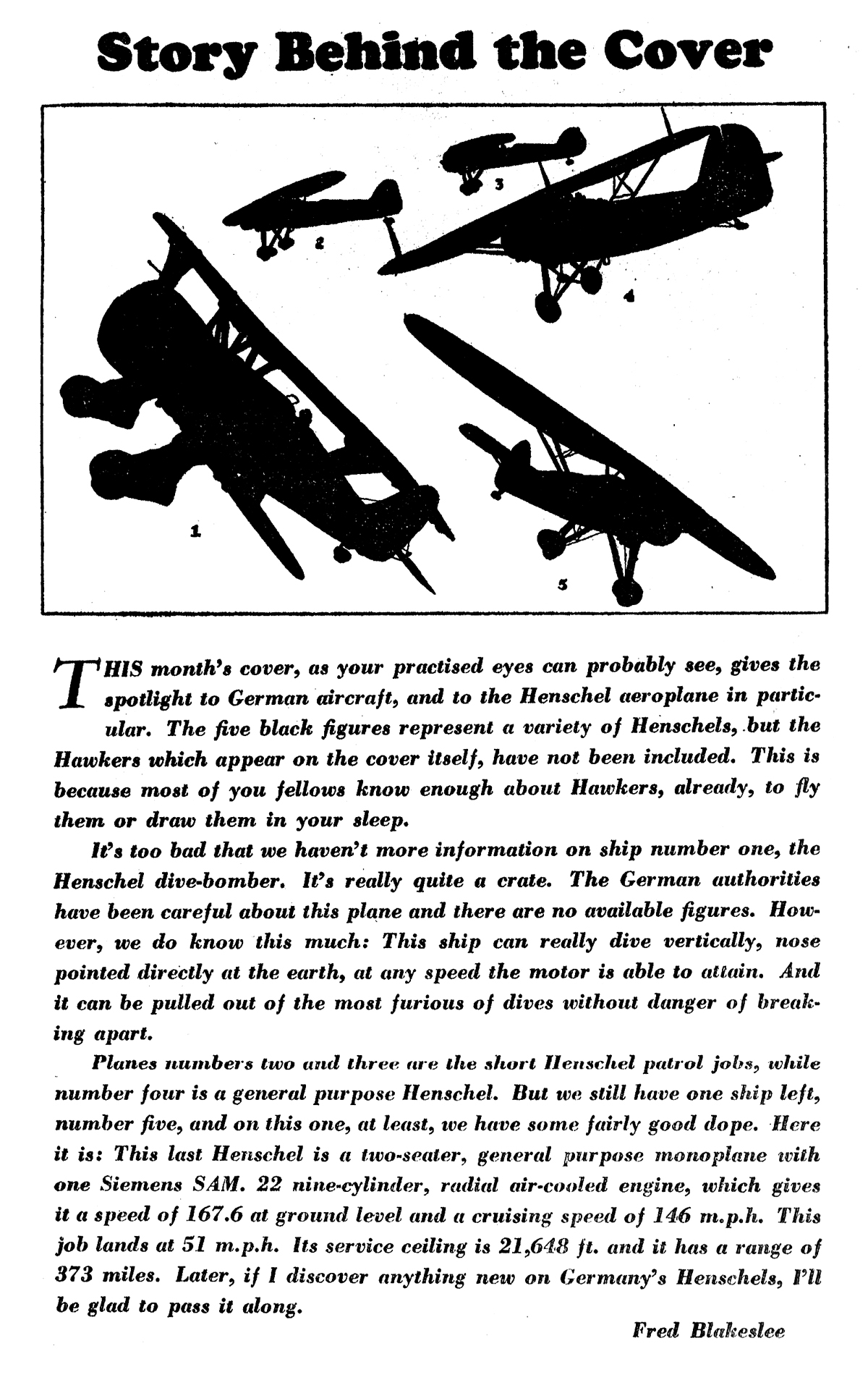Frederick Blakeslee painted all the covers for the entire run of Dare-Devil Aces. And each of those covers had a story behind it. At this point in the magazine’s run, Mr. Blakeslee had started doing his “Planes by the Numbers” covers where he has so many planes on the cover, he had to explain which plane is what with a legend on the story behind the cover page. For the August issue we get a bit of a throwback where Mr. Blakeslee turns his attention to the Fairey Fantome!
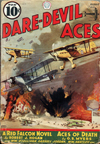 THERE’S a real story behind this month’s cover, fellows. I’ll try to tell you not only of the planes you see depicted there, but about some of the troubles that confront me. You see, these covers are prepared far in advance, for there are a lot of pretty complex operations that must be performed before they are ready for the news stands. And therein lies our trouble.
THERE’S a real story behind this month’s cover, fellows. I’ll try to tell you not only of the planes you see depicted there, but about some of the troubles that confront me. You see, these covers are prepared far in advance, for there are a lot of pretty complex operations that must be performed before they are ready for the news stands. And therein lies our trouble.
Last month my friend Norman Witcomb had a feature in which he told you all about the Fairey “Fantome.” Well, I didn’t know about that until this cover bad been completed. I had planned to tell you all the details concerning this ship, but I now see that Norman has already completed that task. I’ll refresh your memory, anyway, and I don’t suppose you’ll mind seeing it in colors and in a battle scene.
The “Fantome” is ship number 2 and is now in production in Belgium, where it is known as the “Feroge.” It carts four machine guns about the clouds and one 20 m.m. cannon which fires through the airscrew boss. The crate is powered by an 860 h.p. engine and can do 250 m.p.h. at 12,000.
Ship number 1 is a Fairey “Gordan.” It’s a medium range two-seater day bomber. An Armstrong-Siddeley “Panther” drives it along. The engine develops 525 h.p., and the fourteen cylinder, radial job is air-cooled. Data on its performance is lacking.
Frederick Blakeslee.
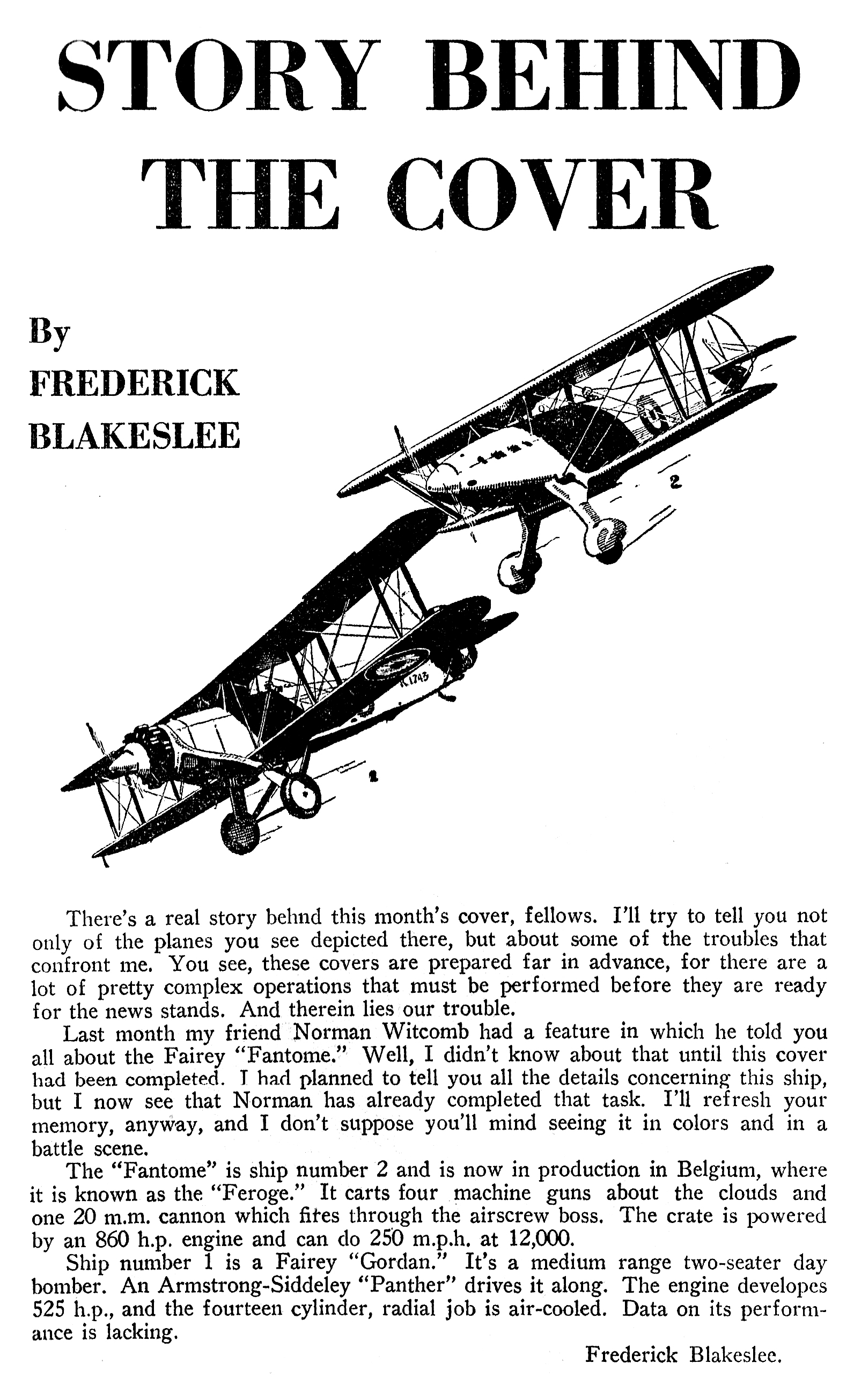
“The Story Behind The Cover: The Fairey Fantome” by Frederick Blakeslee
(August 1937, Dare-Devil Aces)
As an added bonus, we present Norman Witcomb’s breif write-up on the Fairey Fantome that Mr. Blakeslee references from the July 1937 issue of Dare-Devil Aces.
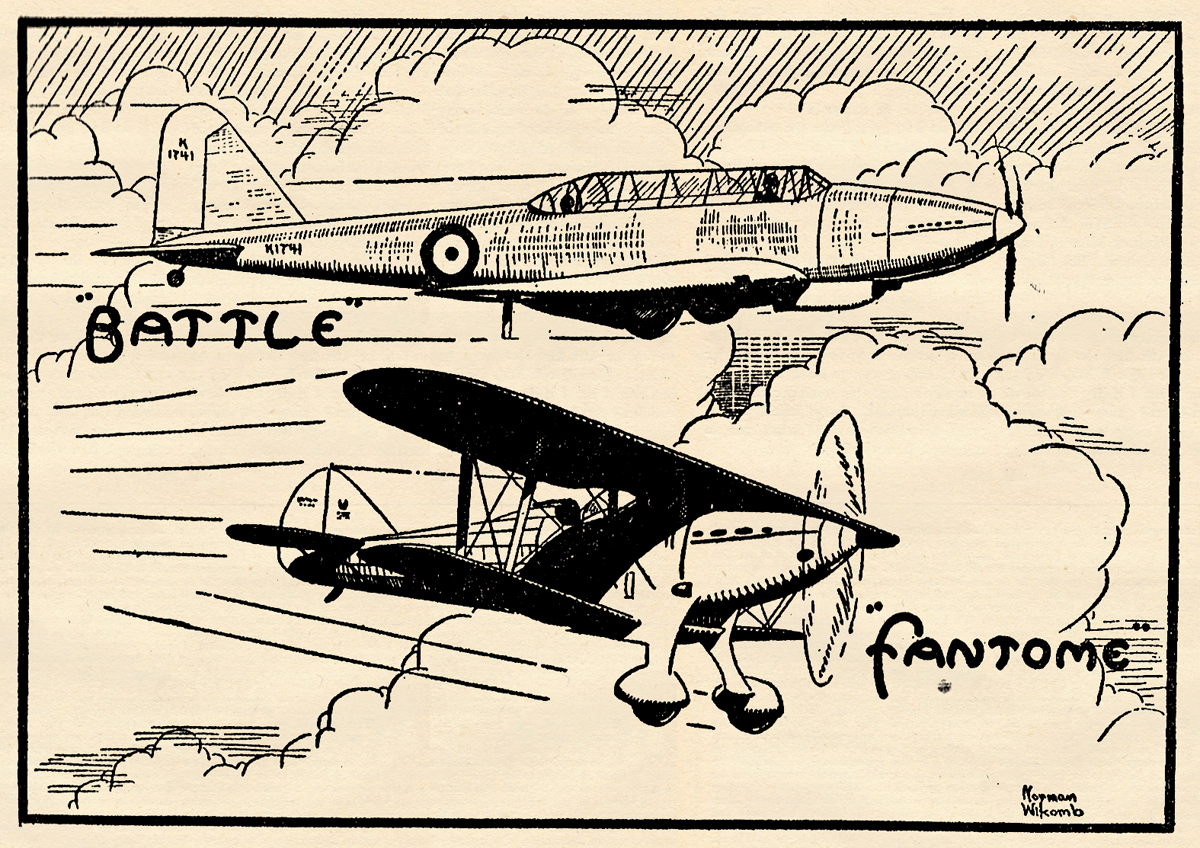
Fighting Faireys
THE Fairey firm is one of the oldest in the aircraft industry. It has furnished planes for the R.A.F. for as long as that service has existed. It also turns out the equipment for the Belgian Royal Air Service. For this purpose, Fairey has a factory in Belgium.
Shown above, are two of the latest products of this famous firm. One, the Fairey “Battle,” is a veritable masterpiece. It is designed as a medium bomber, the fastest of its kind in the world. The ship is pulled through the air at about 300 m.p.h.! This is done, of course, by another sweet job, the Rolls-Royce “Merlin” of 1,065 h.p. This motor was so successful that it caused the plane to perform beyond the fondest expectations of its designers. The “Battle” is metal-covered and is equipped with all latest devices, such as flaps, two-way radio, special high-flying equipment, and what not. The armament is secret, but two heavy guns can be seen in the wings. The British government, knowing a good thing when they see one, has ordered several hundred of these planes.
The single-seater fighter below, is the Fairey “Fantome” which has been adopted by the Belgian government as a highspeed fighter. It has a “Hisso” Cannon engine of 860 h.p. and the pilot can open her up to more than 250 m.p.h.! It is a sturdy biplane of rugged construction, and is also completely equipped with radio, etc.
The Belgian Air Force, while small, is well equipped with modern aircraft. No doubt she is anxious not to be caught defenseless again, should serious trouble break out around her borders.
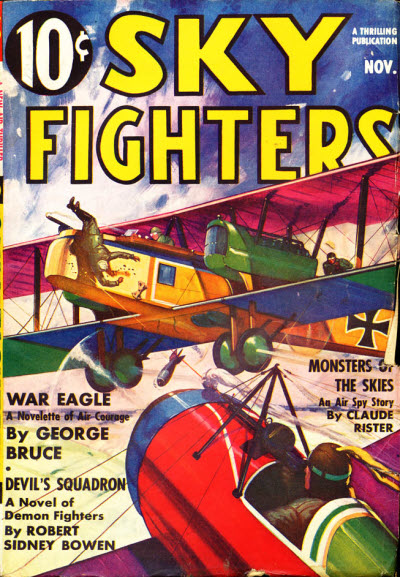 a story from the highly prolific George Bruce. Bruce, a former pilot, began writing in the 1920’s and became noted for his aerial war stories—several publications even bore his name. In the 1930’s and ’40’s he transitioned into screenwriting for Hollywood action films and then into tv in the 1950’s and ’60’s.
a story from the highly prolific George Bruce. Bruce, a former pilot, began writing in the 1920’s and became noted for his aerial war stories—several publications even bore his name. In the 1930’s and ’40’s he transitioned into screenwriting for Hollywood action films and then into tv in the 1950’s and ’60’s.




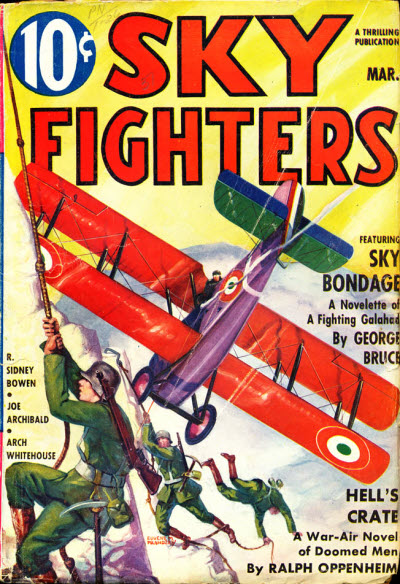 a short, but gripping tale from the prolific pen of
a short, but gripping tale from the prolific pen of 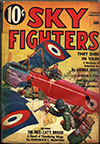
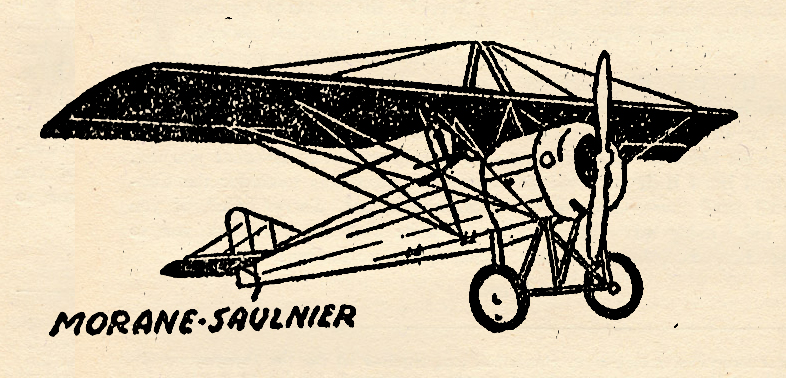
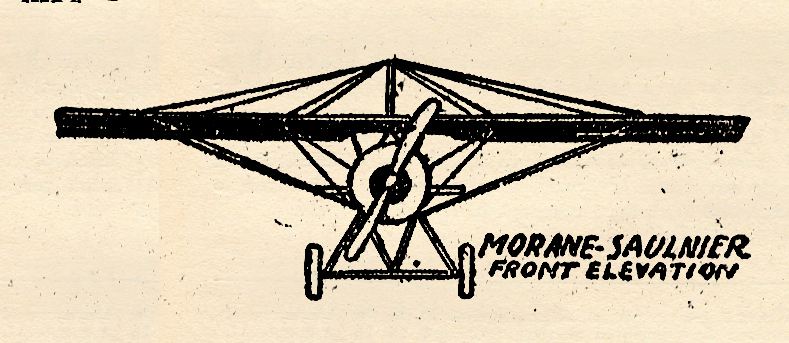
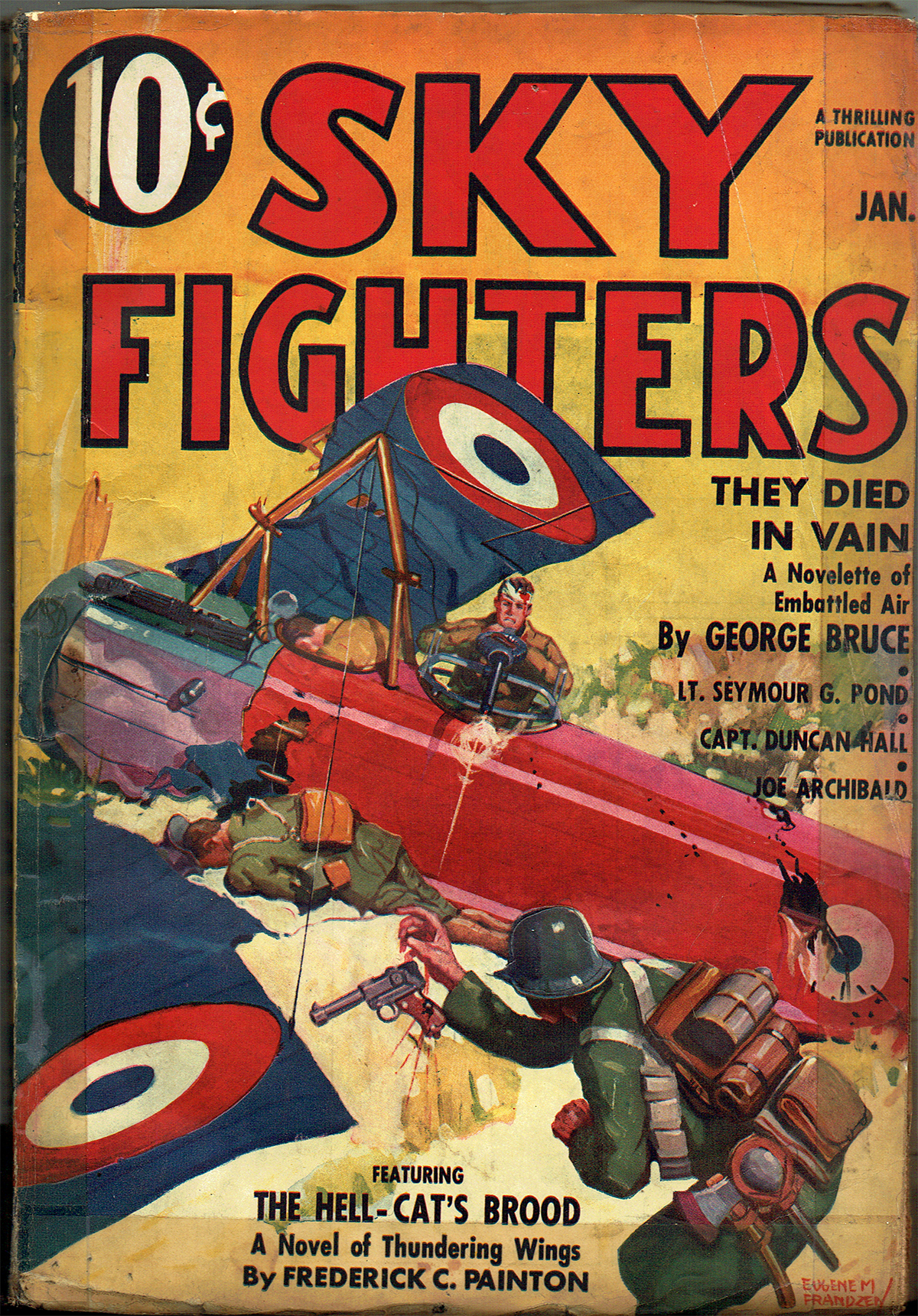
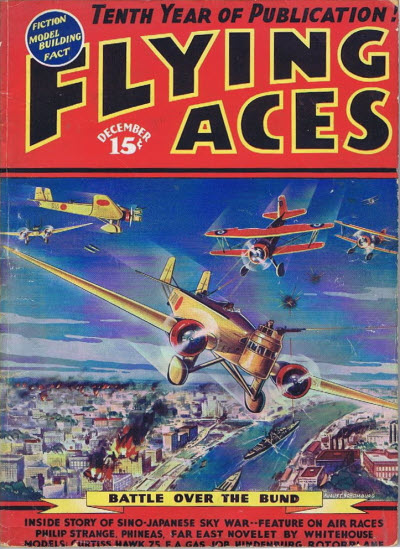 That sound can only mean one thing—that Bachelor of Artifice, Knight of Calamity and an alumnus of Doctor Merlin’s Camelot College for Conjurors is back to vex not only the Germans, but the Americans—the Ninth Pursuit Squadron in particular—as well. Yes it’s the marvel from Boonetown, Iowa himself—Lieutenant Phineas Pinkham!
That sound can only mean one thing—that Bachelor of Artifice, Knight of Calamity and an alumnus of Doctor Merlin’s Camelot College for Conjurors is back to vex not only the Germans, but the Americans—the Ninth Pursuit Squadron in particular—as well. Yes it’s the marvel from Boonetown, Iowa himself—Lieutenant Phineas Pinkham! 

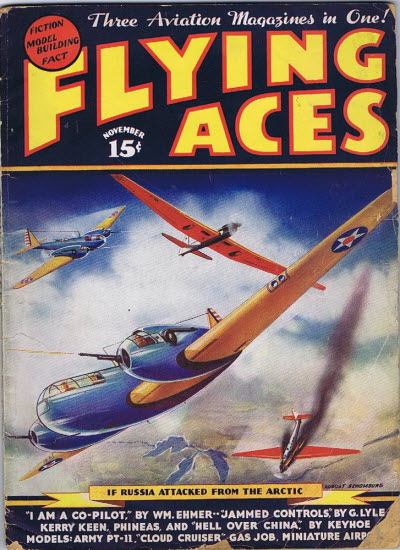 That sound can only mean one thing—that Bachelor of Artifice, Knight of Calamity and an alumnus of Doctor Merlin’s Camelot College for Conjurors is back to vex not only the Germans, but the Americans—the Ninth Pursuit Squadron in particular—as well. Yes it’s the marvel from Boonetown, Iowa himself—Lieutenant Phineas Pinkham!
That sound can only mean one thing—that Bachelor of Artifice, Knight of Calamity and an alumnus of Doctor Merlin’s Camelot College for Conjurors is back to vex not only the Germans, but the Americans—the Ninth Pursuit Squadron in particular—as well. Yes it’s the marvel from Boonetown, Iowa himself—Lieutenant Phineas Pinkham! 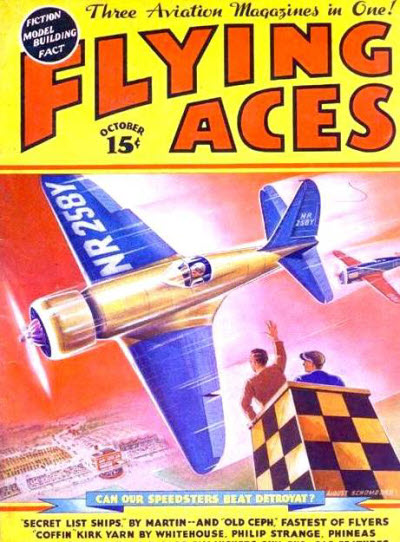 That sound can only mean one thing—that Bachelor of Artifice, Knight of Calamity and an alumnus of Doctor Merlin’s Camelot College for Conjurors is back to vex not only the Germans, but the Americans—the Ninth Pursuit Squadron in particular—as well. Yes it’s the marvel from Boonetown, Iowa himself—Lieutenant Phineas Pinkham!
That sound can only mean one thing—that Bachelor of Artifice, Knight of Calamity and an alumnus of Doctor Merlin’s Camelot College for Conjurors is back to vex not only the Germans, but the Americans—the Ninth Pursuit Squadron in particular—as well. Yes it’s the marvel from Boonetown, Iowa himself—Lieutenant Phineas Pinkham! 




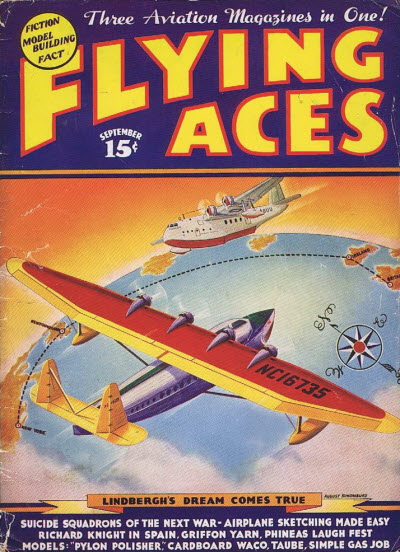 That sound can only mean one thing—it’s time to ring out the old year and ring in the new with that Bachelor of Artifice, Knight of Calamity and an alumnus of Doctor Merlin’s Camelot College for Conjurors—Phineas Pinkham. From the pages of the September 1937 Flying Aces, it’s another sky-high “Phineas Pinkham” mirthquake from the Joe Archibald—It’s “Peck’s Spad Boys!”
That sound can only mean one thing—it’s time to ring out the old year and ring in the new with that Bachelor of Artifice, Knight of Calamity and an alumnus of Doctor Merlin’s Camelot College for Conjurors—Phineas Pinkham. From the pages of the September 1937 Flying Aces, it’s another sky-high “Phineas Pinkham” mirthquake from the Joe Archibald—It’s “Peck’s Spad Boys!”




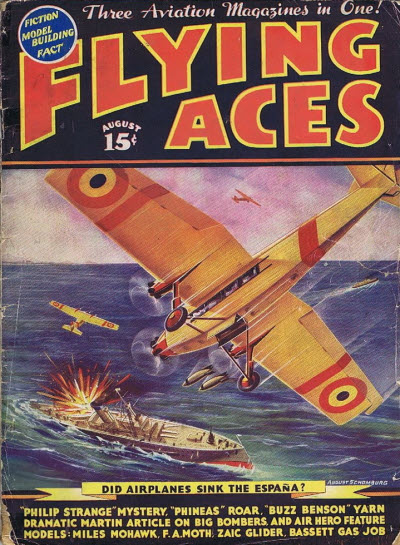 That sound can only mean one thing—that Bachelor of Artifice, Knight of Calamity and an alumnus of Doctor Merlin’s Camelot College for Conjurors is back to vex not only the Germans, but the Americans—the Ninth Pursuit Squadron in particular—as well. Yes it’s the marvel from Boonetown, Iowa himself—Lieutenant Phineas Pinkham!
That sound can only mean one thing—that Bachelor of Artifice, Knight of Calamity and an alumnus of Doctor Merlin’s Camelot College for Conjurors is back to vex not only the Germans, but the Americans—the Ninth Pursuit Squadron in particular—as well. Yes it’s the marvel from Boonetown, Iowa himself—Lieutenant Phineas Pinkham! 

